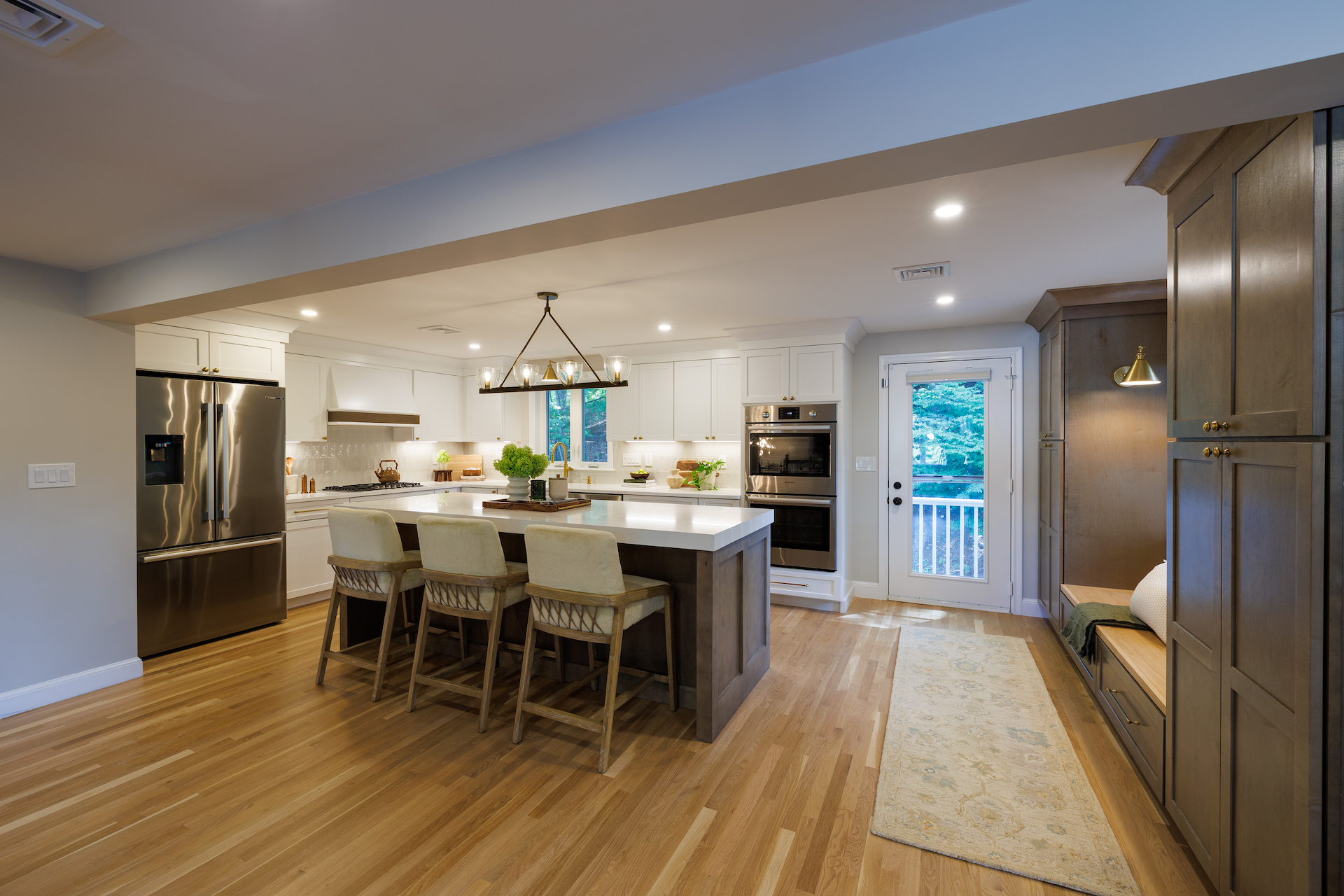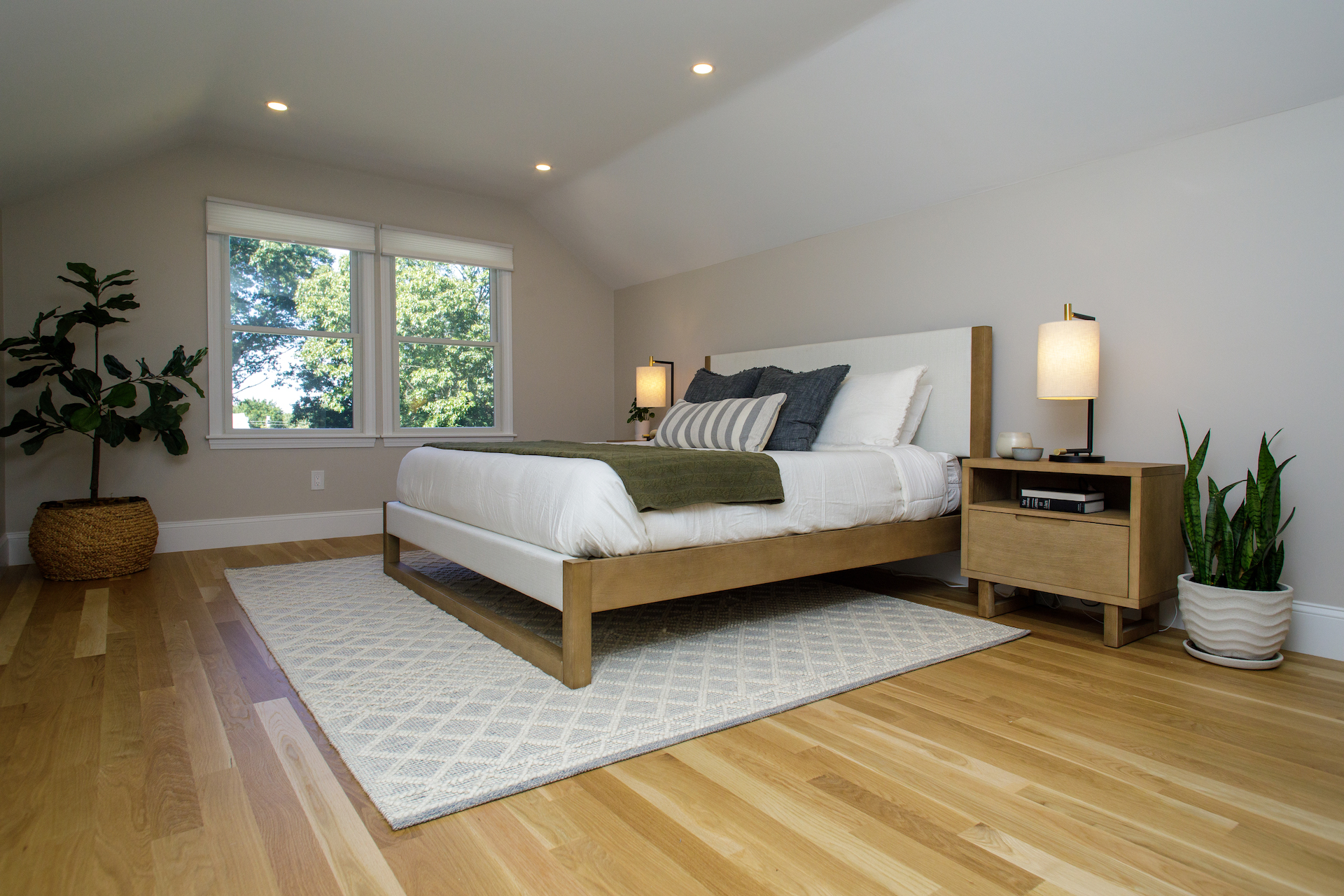Modernizing Historic Massachusetts Homes: The Right Way to Add On
Preserving Charm While Expanding Functionality
Massachusetts is known for its timeless architecture — from stately Colonials and Cape Cod–style homes to charming Victorians that tell stories of generations past. But as lifestyles evolve, homeowners often find themselves needing more space, comfort, or modern amenities. The challenge? Expanding your historic home without losing its original charm and character.
If you’re considering a home addition on a historic property, thoughtful planning and craftsmanship are key. Here’s how to modernize the right way while keeping your home’s authentic appeal intact.
1. Understand the Original Architecture
Before you draw up any blueprints, take time to understand your home’s architectural language. Historic homes are defined by their proportions, rooflines, window styles, and materials — elements that give them character. Adding on without respecting these details can make the addition feel “tacked on” instead of integrated.
Work with designers and builders familiar with Massachusetts architecture who can replicate period details like trim profiles, siding types, and window grids while subtly incorporating modern construction standards.
2. Choose Materials That Complement, Not Compete
When it comes to material selection, the goal isn’t to create an exact replica but to achieve visual harmony. Brick, wood clapboard, or natural stone can be matched or thoughtfully contrasted to highlight old and new elements.
For example, pairing traditional cedar siding with a modern composite trim can provide durability without losing authenticity. Similarly, new roofing materials can be chosen to mirror the tone and texture of older shingles while offering better energy efficiency and longevity.
3. Blend Old and New Design Elements
A well-designed home addition respects the original structure’s proportions while updating the functionality of the space. Consider repeating roof pitches, window placements, and exterior details to tie the new section to the old.
Inside, you can introduce modern conveniences — open layouts, updated insulation, radiant heat, or smart lighting — while keeping historical features like moldings, fireplaces, or exposed beams intact. This thoughtful blend creates a seamless transition between eras.
4. Stay Compliant with Local Zoning and Preservation Rules
Many Massachusetts towns have strict zoning laws and historic district regulations to protect the character of their communities. It’s important to check local ordinances before you begin construction. Some homes may even fall under preservation commissions that require specific approvals.
An experienced contractor can guide you through the permitting process, ensuring your plans meet both aesthetic and legal requirements.
5. Work with Experienced Professionals
Preserving history while introducing modern living requires skill, patience, and a deep understanding of craftsmanship. Choosing the right partner can make all the difference in how your home addition looks and functions.
Work with an experienced home addition contractor to ensure your addition blends seamlessly, both structurally and stylistically. From design through final build-out, the right team will respect your home’s legacy while enhancing its livability for years to come.
Conclusion
Adding onto a historic Massachusetts home is both an art and a science. With careful design, material selection, and expert craftsmanship, you can achieve the perfect balance between old-world charm and modern comfort. The result? A timeless home that continues to tell its story — with a brand-new chapter.




